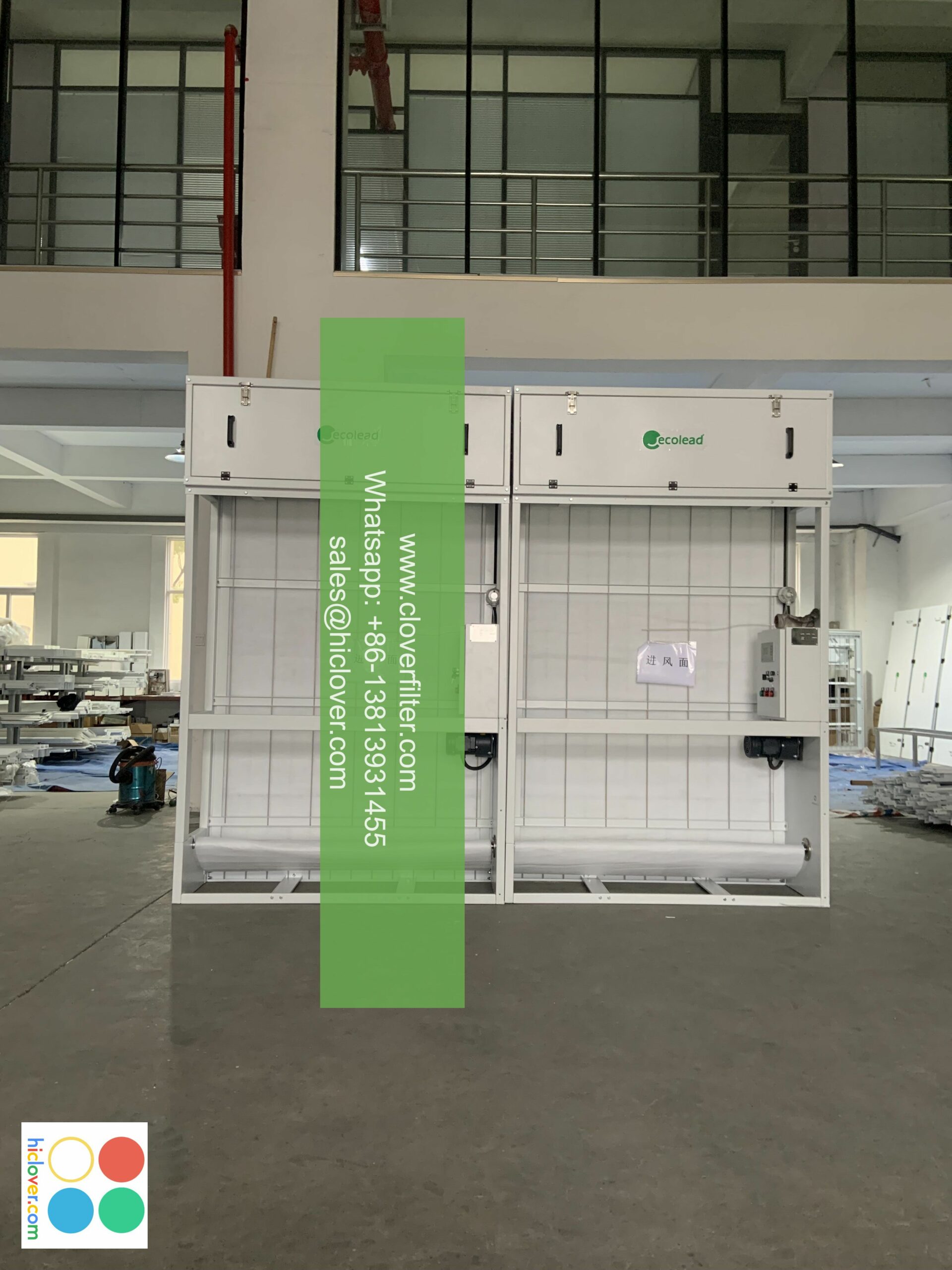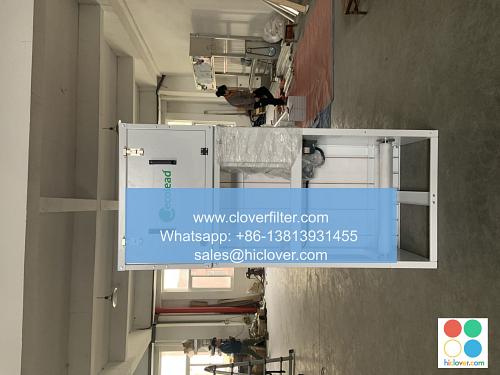Air Filters and Pesticide-Free Living: A Guide

As the world becomes increasingly aware of the importance of indoor air quality and pesticide-free living, the demand for effective air filtration systems and non-toxic pest control methods has grown significantly. In this article, we will explore the benefits of using air filters and pesticide-free living practices, and provide a comprehensive guide on how to implement them in your home.
Why Air Filters are Essential for Pesticide-Free Living
Air filters play a crucial role in maintaining good indoor air quality by removing air pollutants, allergens, and pesticide residues from the air. When used in conjunction with non-toxic pest control methods, air filters can help create a healthy indoor environment that is free from harmful chemicals and toxic substances. Some of the key benefits of using air filters for pesticide-free living include:
* Removing pesticide particles and volatile organic compounds (VOCs) from the air
* Reducing the risk of respiratory problems and allergic reactions
* Creating a cleaner and healthier indoor environment
* Improving the overall air quality and wellness of occupants
Types of Air Filters for Pesticide-Free Living
There are several types of air filters available that can be used for pesticide-free living, including:
* HEPA filters: High Efficiency Particulate Air filters that can remove up to 99.97% of air pollutants and pesticide particles as small as 0.3 microns
* Activated carbon filters: Effective at removing VOCs, odors, and gases from the air
* Ionizing air purifiers: Use negative ions to attract and trap air pollutants and pesticide particles
Application Areas for Air Filters and Pesticide-Free Living
Air filters and pesticide-free living practices can be applied in various areas, including:
* Home and residential areas: Use air filters and non-toxic pest control methods to create a healthy indoor environment
* Commercial and industrial areas: Implement air filters and pesticide-free living practices to improve indoor air quality and reduce the risk of occupational health problems
* Agricultural and farming areas: Use air filters and non-toxic pest control methods to reduce the exposure to pesticide residues and air pollutants
* Public and community areas: Apply air filters and pesticide-free living practices to create healthy and safe public spaces
Conclusion
In conclusion, air filters and pesticide-free living practices are essential for maintaining good indoor air quality and reducing the risk of health problems associated with pesticide exposure. By choosing the right type of air filter and implementing non-toxic pest control methods, individuals can create a healthy and safe indoor environment that is free from harmful chemicals and toxic substances. As the demand for air filtration systems and pesticide-free living practices continues to grow, it is likely that we will see a significant improvement in indoor air quality and public health in the years to come. It looks like you didn’t provide a prompt. Could you please give me something to work with? Do you want to:
1. Ask a question
2. Discuss a topic
3. Play a game
4. Generate creative writing
5. Something else?
Let me know, and I’ll do my best to assist you!

